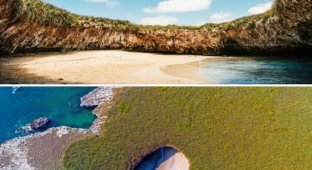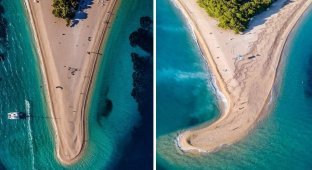Playa de Las Teresitas - a European beach made of Saharan sand (6 photos + 1 video)
Playa de Las Teresitas in Tenerife (Spain) is one of the most popular beaches in the Canary Islands. But, surprisingly, this beach is not natural. It was created in the 1970s by importing 270,000 tons of sand from Western Sahara. 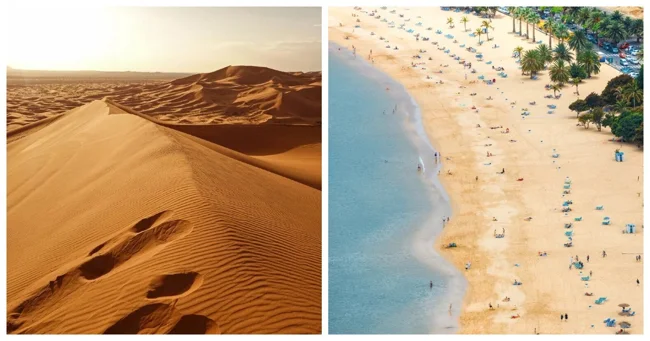
Playa de Las Teresitas was very different from the beach that modern tourists are used to. In the past, it was a beach of pebbles and black volcanic sand. And the waters were not as calm as they are now. It was a very dangerous beach, where the coastal waves beat hard against the rocks. But it was the only one located closest to the city of Santa Cruz. The others gradually disappeared, as construction companies collected sand from the beaches. The port of Santa Cruz de Tenerife was also encroaching on the coastline. 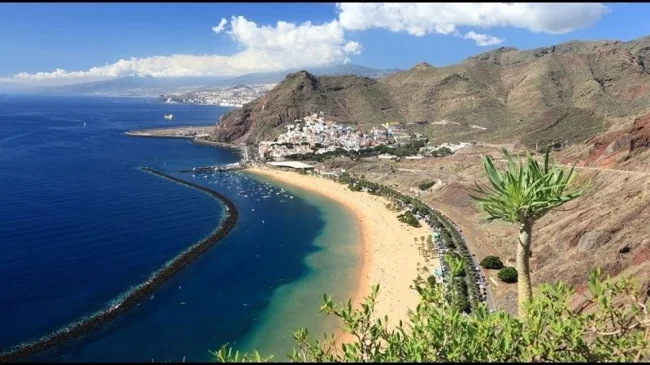
Playa de Las Teresitas
In 1953, the Santa Cruz City Council decided to build an artificial beach in Las Teresitas. It took eight years to develop the project and another four years for it to be approved by the council and the ministry. The first step was to protect the beach from strong waves, for which a large breakwater was built. A step was also cut into the sea to prevent the sand that would later be used to fill Las Teresitas from being washed away by the water. The white sand was brought from the Sahara Desert – some 270,000 tons – and used to create a beach 1.3 kilometres long and 80 metres wide. The beach opened in 1973 and soon became a favourite spot for locals and tourists alike. 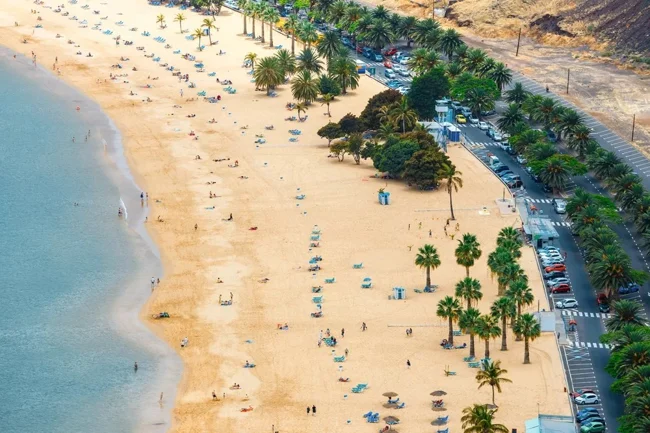
The Canary Islands regularly import sand from Western Sahara to restore beaches and for use in major construction projects. Unfortunately, a significant proportion of this import is illegal.
Sand mining has many consequences for Western Sahara and its people. And economically, the Moroccan government and companies are the main beneficiaries of this trade. From an environmental perspective, it disfigures the landscape, as it does everywhere else in the world, and destroys sensitive ecology. 
Although it may not seem like it, sand is a limited resource. And the world is running out of it due to the huge amounts of material used by humans for construction. By one estimate, the world uses 50 billion tons of sand each year - enough to build a wall 30 meters high and wide around the world. 
A destructive factor in sand mining is that many illegal miners take it from beaches and riverbeds rather than from the desert, since desert sand is too smooth to use as a binder for concrete. Mining in ecologically clean areas disrupts biodiversity and creates additional environmental risks. 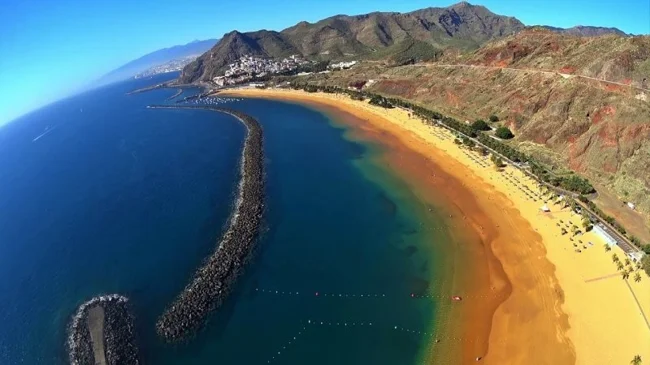
In recent years, more activists and scientists have called on the United Nations and the World Trade Organization to take additional measures to limit the damage caused by sand mining.












